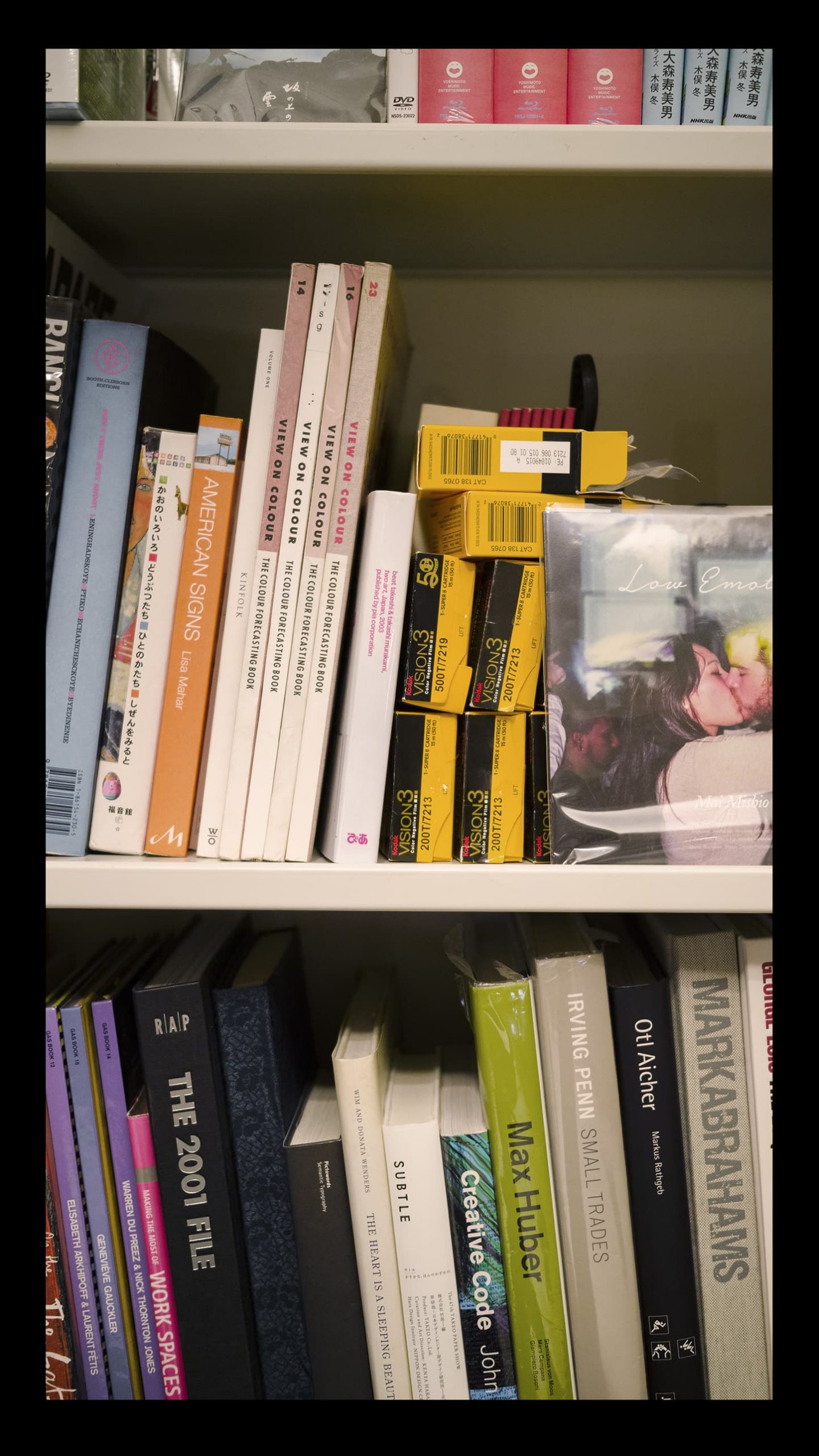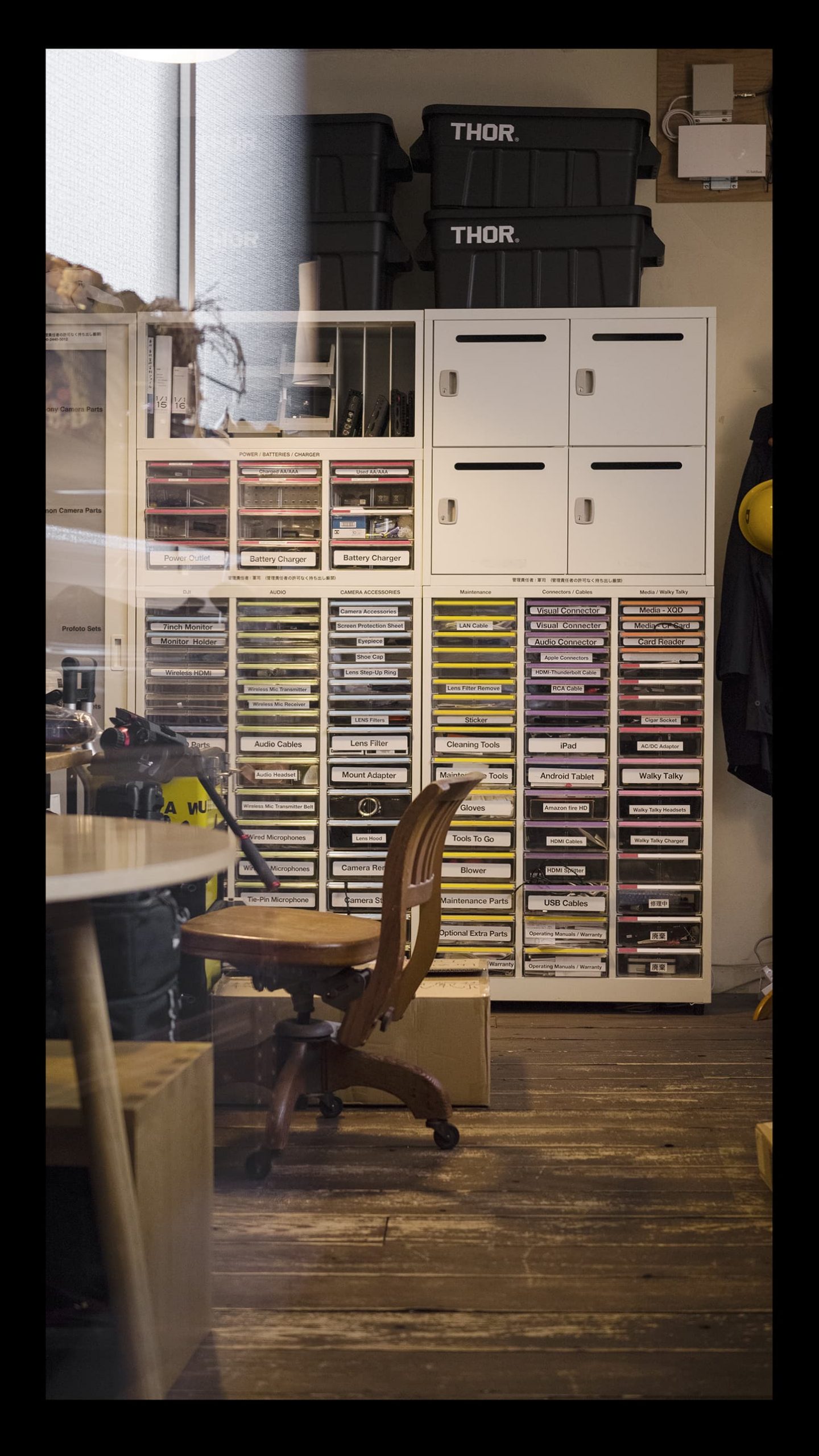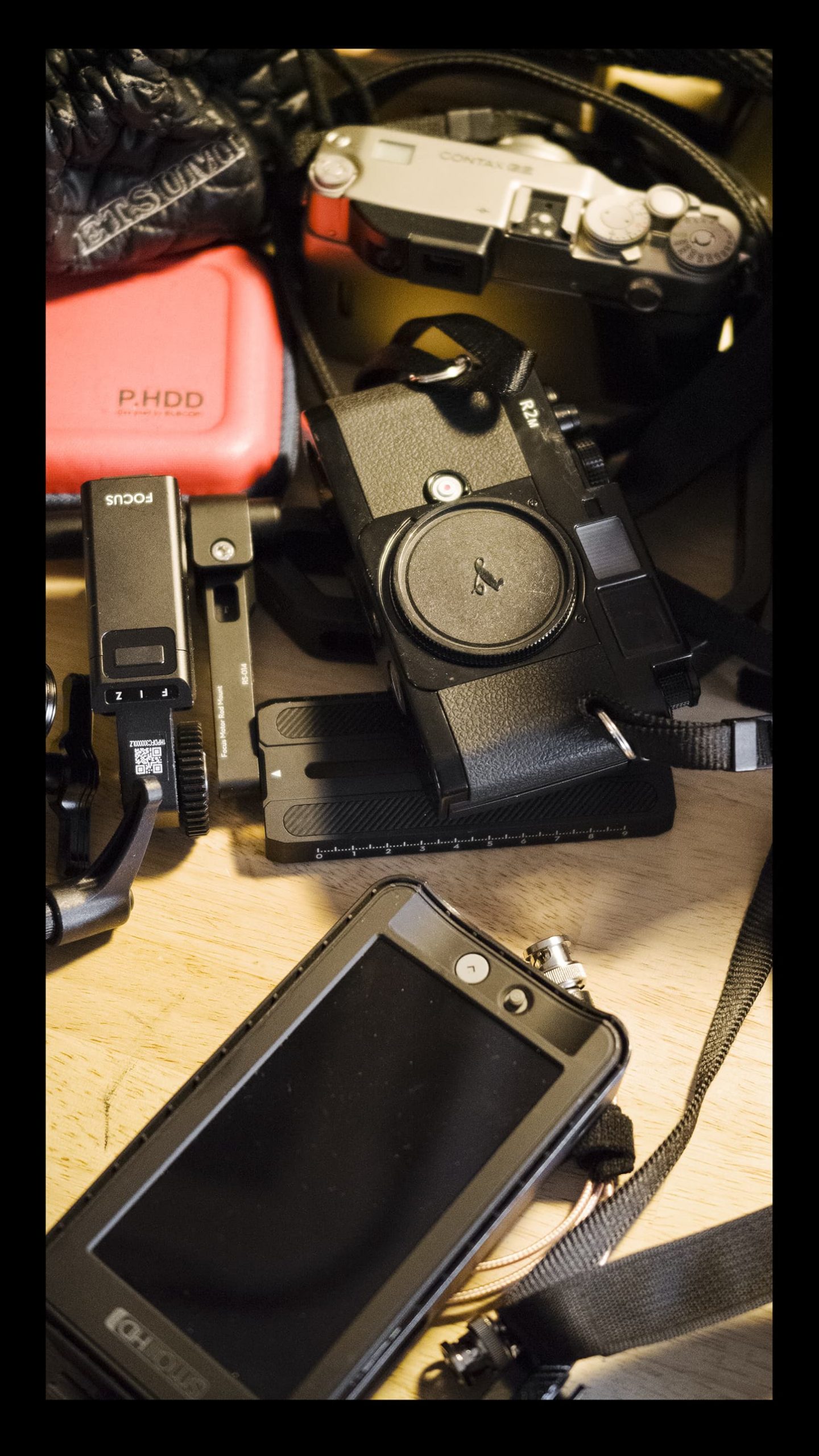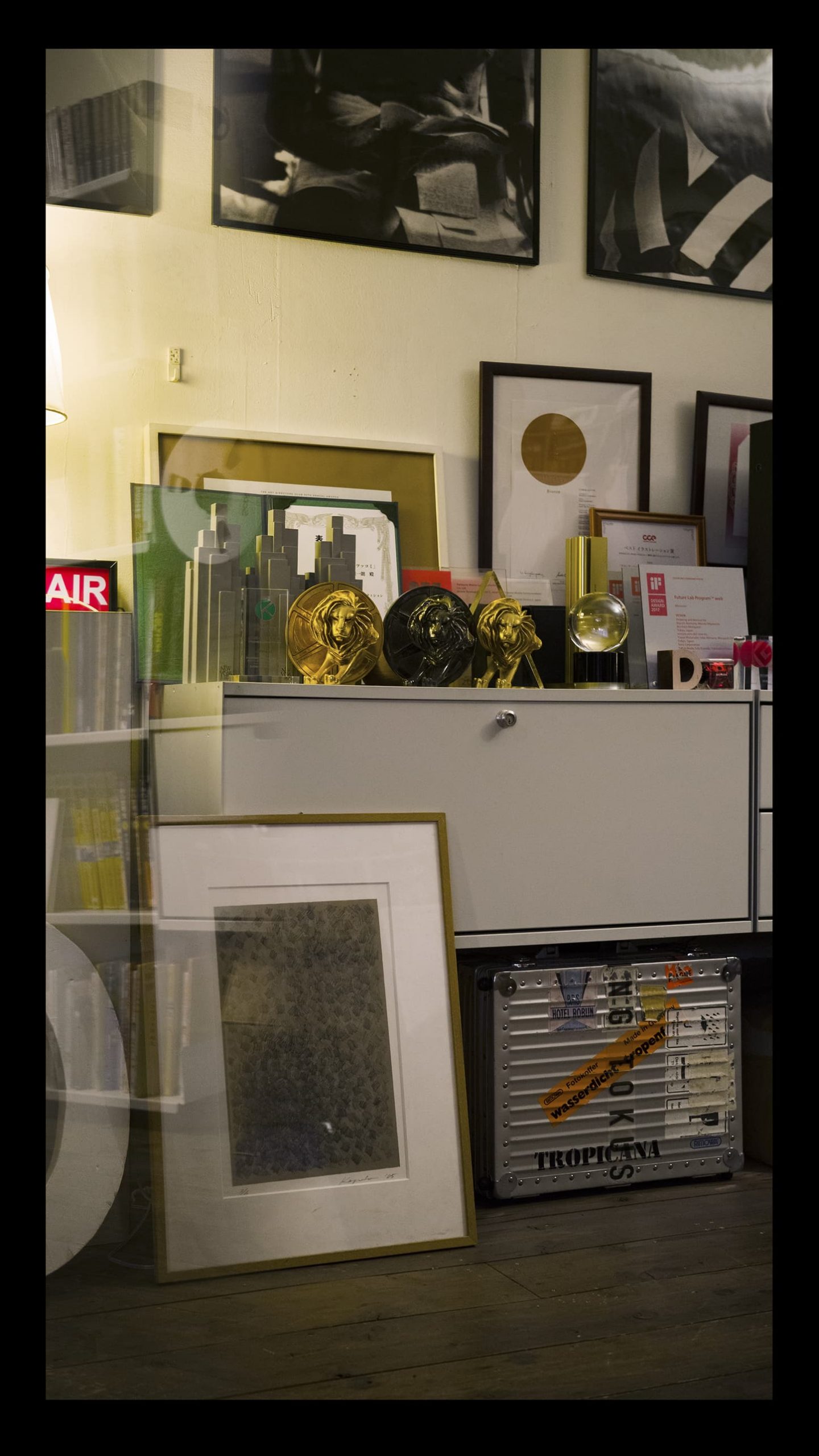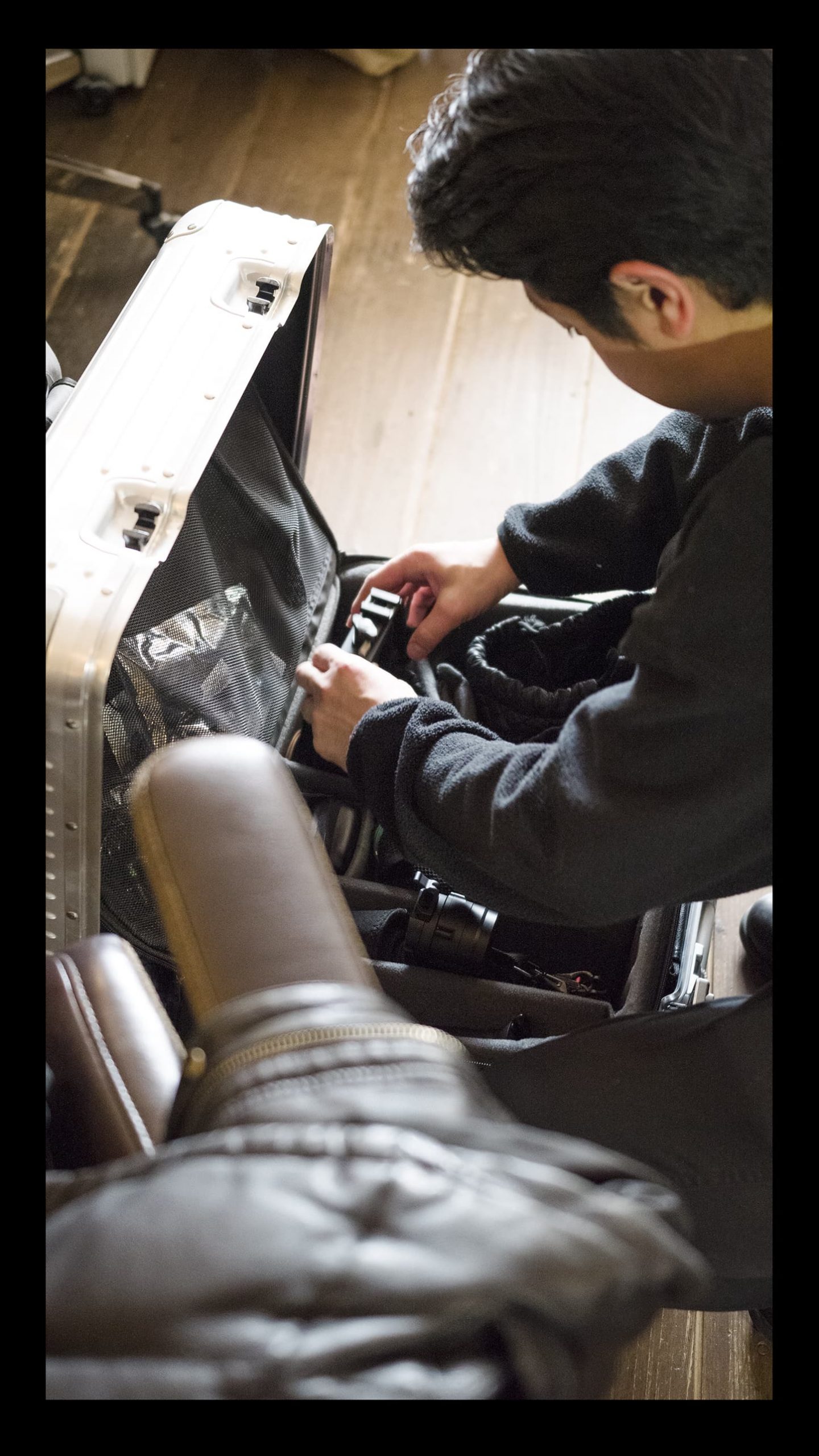
Yuichiro Fujishiro
Filmmaker
Produce: Yoshinao Yamada, Photo: Hiroshi Iwasaki, Video: DRAWING AND MANUAL
*English subtitle is available on this video.
Colors+fp
"Tone and atmosphere of an image can change dramatically
if you adjust the colors even just a little bit
– it’s interesting that this camera helps its users realize this fact”
"I never imagined that I would work in movie production one day”
My name is Yuichiro Fujishiro. I’m a director.
I mostly work on music videos or commercials. Lately I have been making shortmovies as well. Since I can shoot footage and edit too, I find myself require in a great range of projects, from small ones I can finish on my own to some that require a huge team.
In my 20s I did a very different job, for a web-related company. I was somewhat interested in cameras because I was shooting photographs as a hobby, but I would have never imagined that I’d be working in movie production one day.
Around 2010, when shooting video with DSLRs became widely possible, a lot of DSLR videos began to appear on the internet. This inspired me to take my first steps into the world of video production, and that’s how it all started.
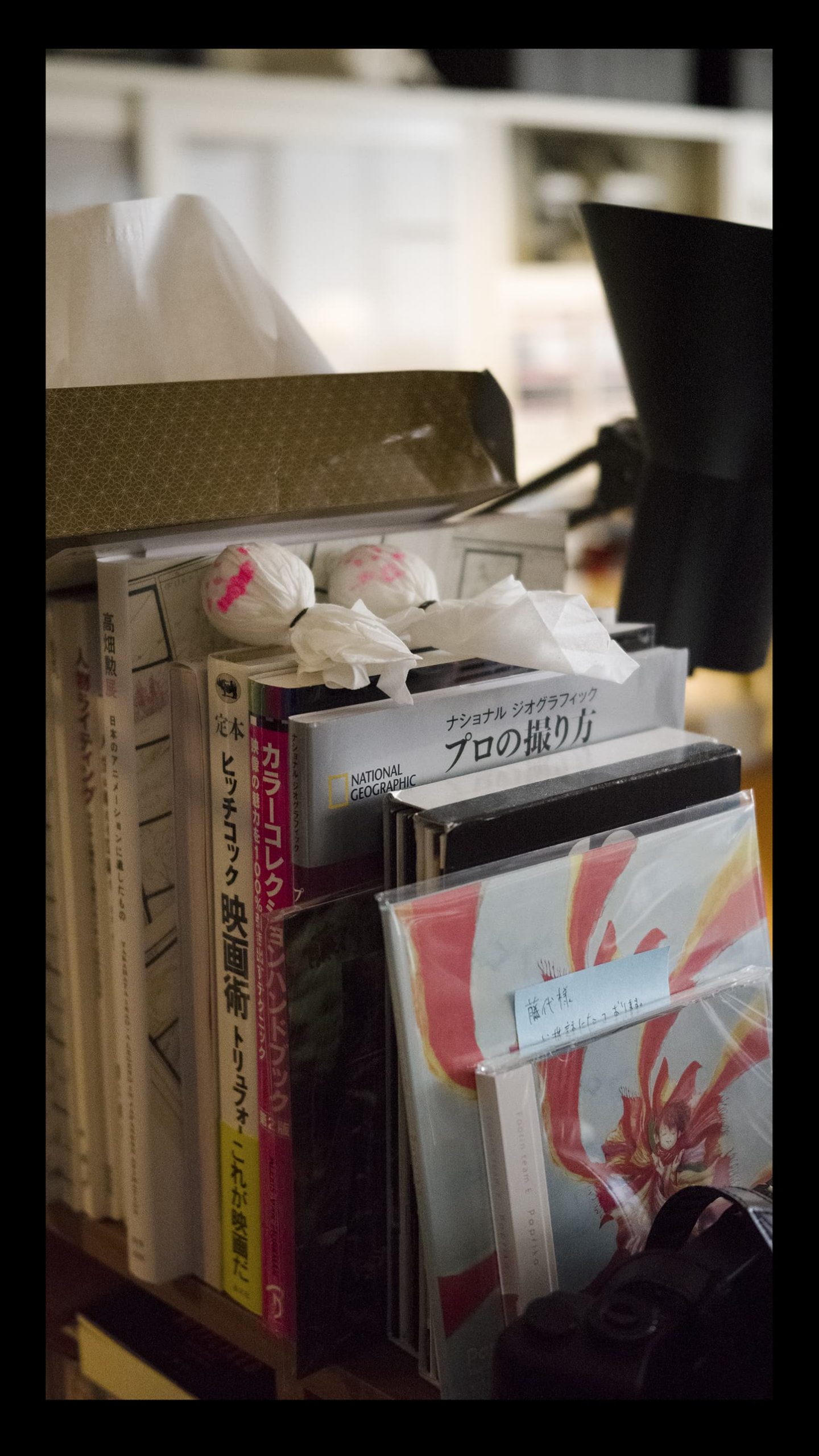
"Yu Yamanaka’s ‘SIGMA Aizu, Japan’ left a deep impression on me”
One video that left a deep impression on me was「SIGMA Aizu, Japan」by Yu Yamanaka. It was different to the videos I had been thinking about. It was very close to photography in spirit. Up until then, I had the impression that filmmaking was just too difficult to pick up – that there are too many things to do and worry about, like scenarios, acting and so on. But I realized that I could capture what I have seen or felt or experienced in video, just like I did with photographs, and change it into the shape I want, like adding music or changing the images themselves, I could make a video, I thought. Of course, there are still occasional hurdles to overcome, but the important realization that I could make movies in this way had been the starting point of my career as a video producer.
"It is better not to work with rigid schedules or direction”
When I shoot or edit, I often don’t get to go home at all. But even when shoots
take a long time or when I have to take an all-nighter to finish an edit, it
doesn’t bother me at all. I’m fine with it when we’re shooting or editing
because often there’s no other choice. However, the planning phase at the very
beginning of a project is a different thing. In that stage, nothing really fits
together and it often doesn’t seem like you make any progress at all. I usually
spend a day or two just lazying about before I’m finally able to begin work on
the content proposal or storyboard.
When I shoot documentary projects, visiting the locations we shoot at is very important to me. I want to capture everything I feel and learn when I meet and listen to the stories people tell us. For such projects, it is better not to work with rigid schedules or direction, and I always take care to leave us enough breathing space.
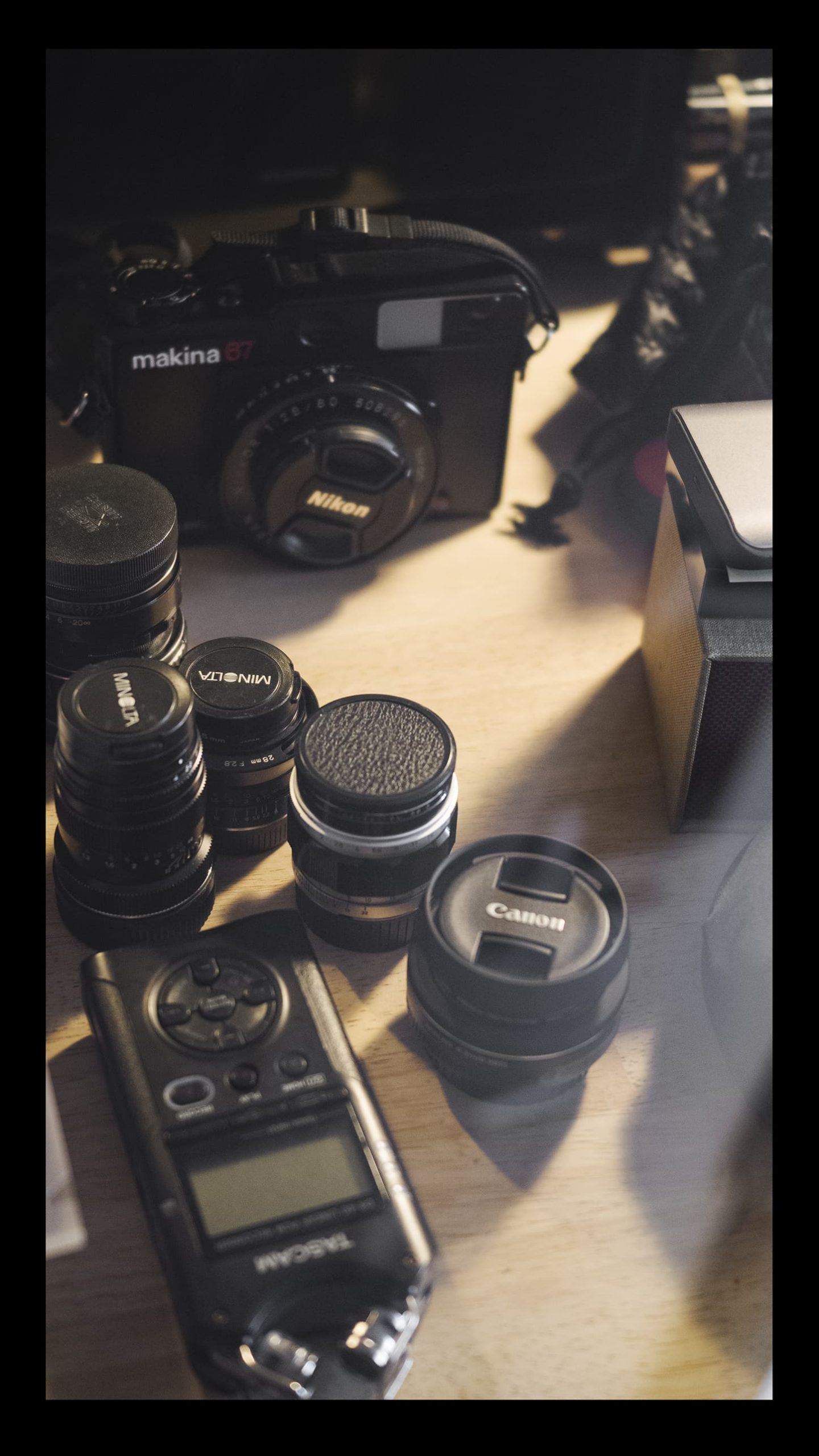
"It possessed all the elements that I thought would be nice to have”
I do have certain criteria for the equipment I use. The most important aspect is, of course, colors and tones of the image. These can change dramatically depending on the camera you use. When I prepare for a shoot, I watch many videos, find out which equipment they were created with, and decide the gear that I need to achieve my desired color tones. I mostly shoot with the Sony FS7, a camera with all necessary features and capabilities, but I think the fp is a camera that I could use both for work and in my private life. I just want to have a camera like that near me; a camera where I don’t need to differentiate between work and private life. When the fp was first announced, it seemed like it possessed all the elements that I thought would be nice to have in a camera. Honestly, it really surprised me. When the camera was announced it really caused an uproar. There must have been many people in the filmmaking world as excited about it as me.
"I like it when you can sense a human trace, when you can feel a human warmth”
I’ve always enjoyed taking photos, and there always is a camera in my bag. I
almost never let the camera leave my hands for too long, 365 days a year. I take
photos without thinking about it; when the evening sun looks nice, when I’m on
my way somewhere and see something amazing, or when I find a beautiful
landscape. I want to preserve these moments for the future, and I want to do so
with a high-definition camera rather than with my mobile phone. Of course, there
are also times when I can’t take photos at all.
What are the moments that make me want to take photographs? That is a difficult question… In which moments, I wonder… I think I like it when you can sense a human trace, when you can feel a human warmth. That’s the kind of photo I’m after. Even when I take a landscape photo, I prefer having traces of people in there somewhere. For example, when you can feel a certain loneliness in a photo, because there’s no one in the frame, but you can still sense something "human” in there. That’s the atmosphere I like. I’m sorry for putting it in such abstract terms…
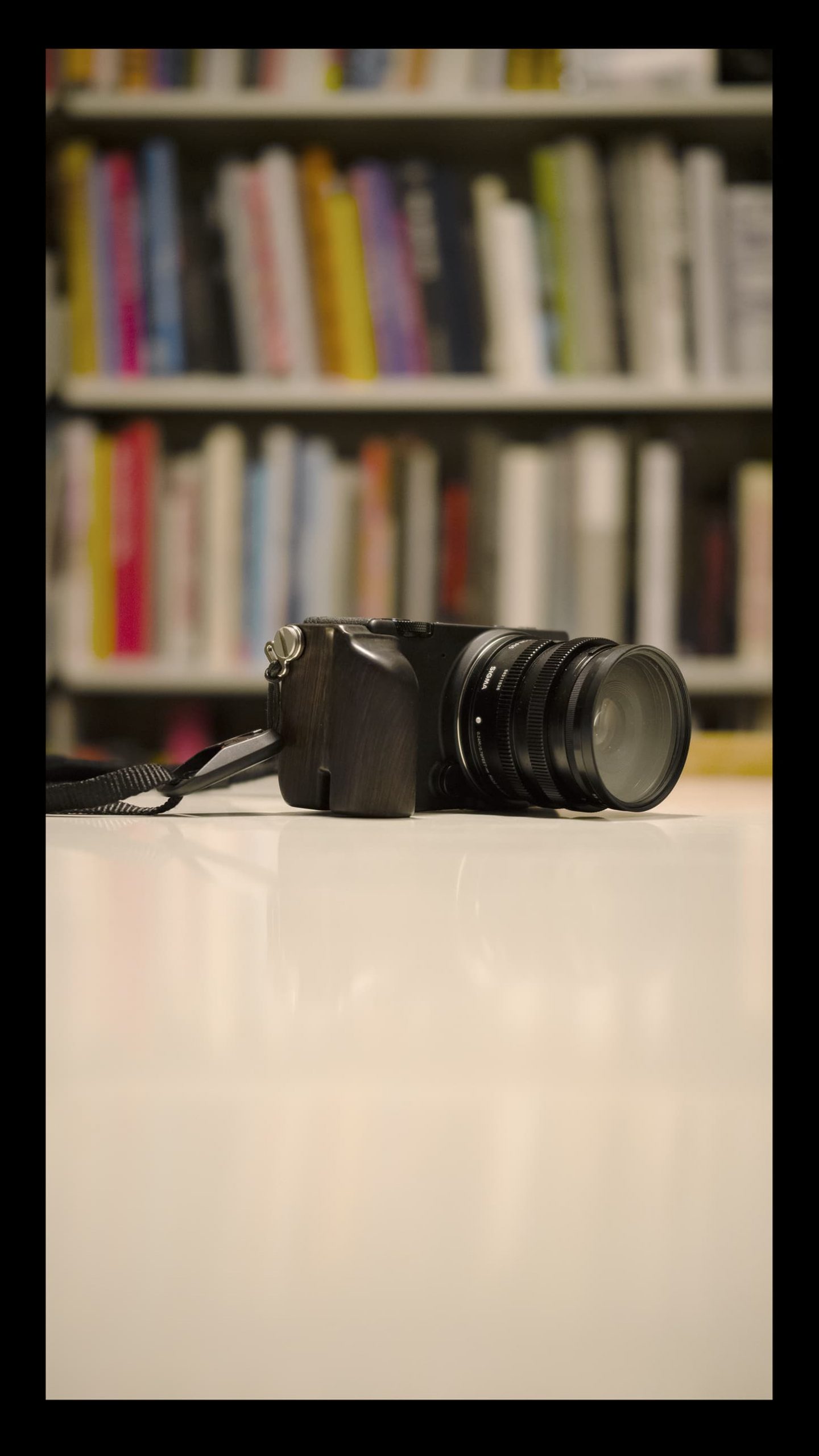
"It ignores all the previously existing camera categories and goes, ‘yeah, I can do it all.’”
Actually, if I think about it, I guess I mostly want to use the fp for work. If I have to give a reason for why I bought the fp, I have to say it’s for work… I find it interesting that I expect the fp to be a joy to use with any lens I attach to it. Isn’t it amazing that I can use any lens I like with such a small camera? This small camera makes it possible to do things that were only possible with big cameras so far – it is especially amazing that you can shoot in CinemaDNG with it, or that you can do even do some color grading in-camera. The fp just ignores all the previously existing camera categories and goes, "yeah, I can do it all.” I find that amazing.
"It speaks of a familiarity with the processes of filmmaking”
Personally, I absolutely love the Director’s Viewfinder (DVF). It is possible to set it to a variety of typical aspect ratios and viewing angles, so you’re able to check framing and composition while location scouting with the very same angles of the movie camera you’ll use. The feature honestly fascinates me, because it speaks of a familiarity with the processes of filmmaking. And there’s "Teal & Orange”, SIGMA’s own color mode. When you take videos or photos with it, you’ll get pictures that seem like they’ve already been color-graded. Tone and atmosphere of an image can change dramatically if you adjust the colors even just a little bit – it’s interesting that this camera helps its users realize this fact.
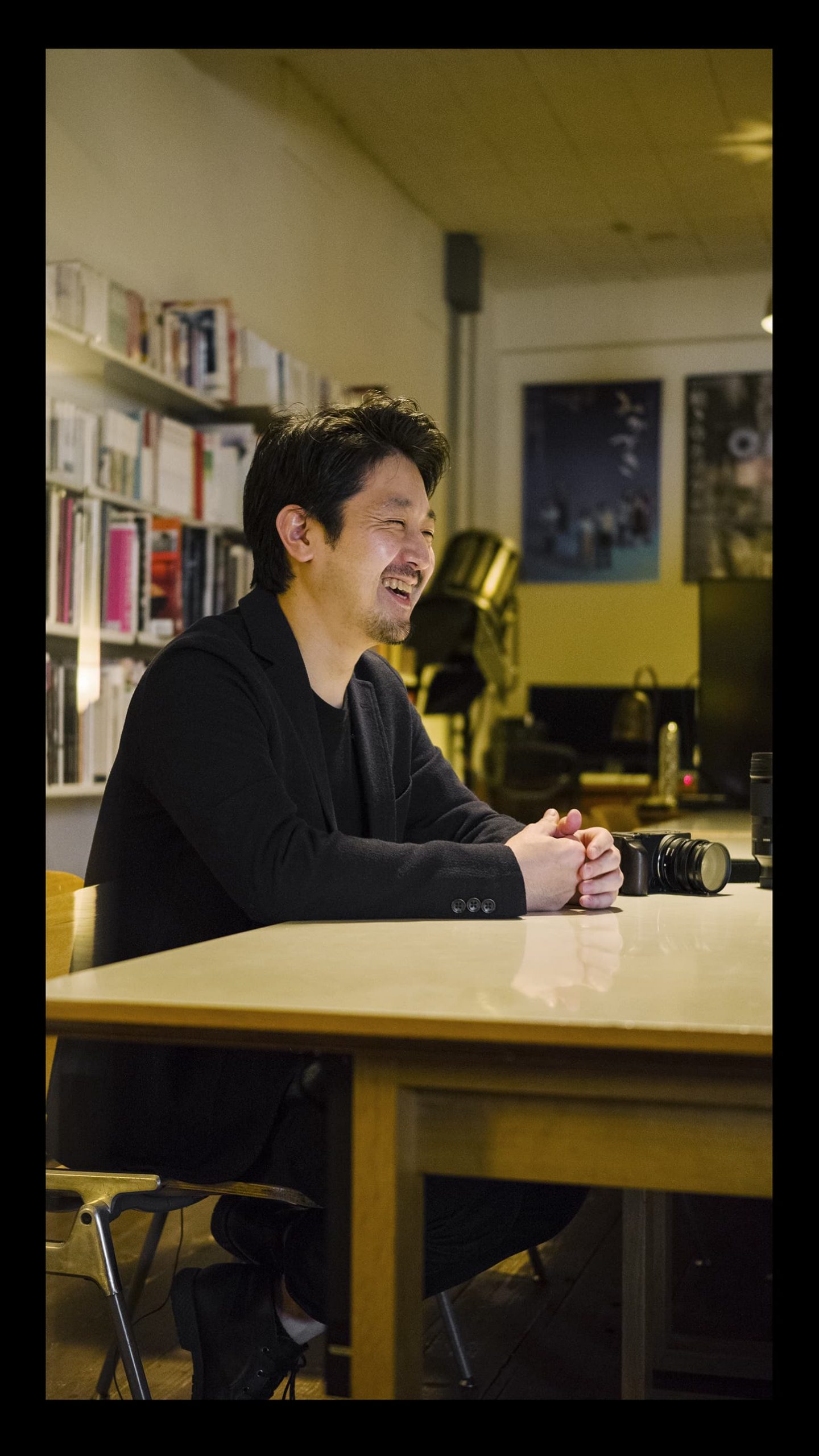
"I’d like to become someone who produces a lot of videos like ‘SIGMA Aizu, Japan.’”
I’ve always liked films or photos that portrayed local regions, in Japan for example, and I think it would be great if images and videos of local craftspeople and their work could reach around the world. If I were given permission to create anything I’d like, without thinking about my career or money, I would dedicated myself to capturing that kind of world. It’d be nice if I could become someone who produces a lot of videos like "SIGMA Aizu, Japan.” Of course, every now and then I’d like to do something a bit more spectacular, but as a general rule that’s what I’d like to make and keep making. I haven’t been able to realize this goal yet, but that’s what I’ve been aiming at lately, yeah.

